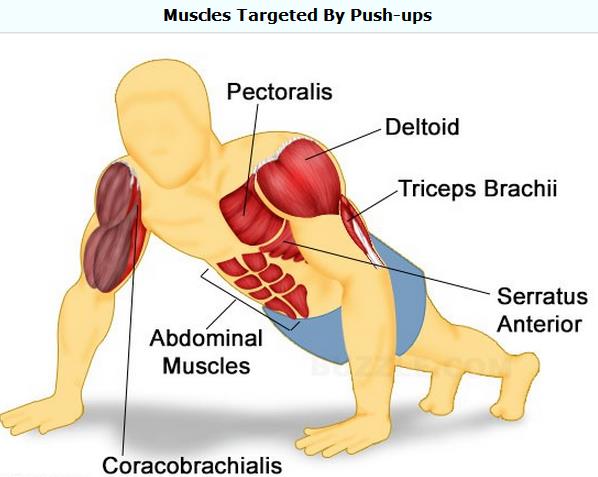Sitting is the 'new smoking,' says a report that finds exercise could make Canada $7.5B stronger
Spending the day sitting at your desk and the evening in front of the TV? You could be hurting your health and costing the economy money, according to a new study.
Getting even a small fraction of Canadians out of their chairs and moving could boost the economy by an estimated $7.5 billion over the next 25 years, says a new report by the Conference Board of Canada and ParticipAction.
An additional $2.5 billion by 2040 could be saved on medical treatment for diabetes, heart disease and cancer, says the report, titled "Moving Ahead: The Economic Impact of Reducing Physical Inactivity and Sedentary Behaviour."
- Sitting time linked to disability regardless of physical activity
- Prolonged sitting can increase Type 2 diabetes risk
- Physical activity needs for health payoffs often underestimated
- Sunday Edition: Nilofer Merchant on "sitting is the new smoking"
Sitting is becoming the “new smoking,” says the study, based on the Canadian Community Health Survey, Statistics Canada research and a Public Health Health Agency of Canada study of the economic burden of illness on economy.
“Canadians spend most of their waking hours sitting and get insufficient activity, a recipe for the promotion of hypertension, diabetes and even premature mortality,” said Dr. Mark Tremblay, a member of ParticipAction's research advisory group.
“These new findings show that modest, achievable changes in movement behaviours can produce substantial and important improvements in health, and should be embraced.”
Only 15 per cent of Canadian adults get the 150 minutes a week of vigorous physical activity recommended for a healthy lifestyle, the report notes. But if 10 per cent more could be enticed to get out of their chairs and lead a less sedentary life, they’d be giving a big boost to the economy, it says.
It’s not necessary to get the 150 minutes of vigorous activity to make a difference, but Canadians do need to break the sitting habit. Almost a third of Canadians get a little exercise but spend most of the day being sedentary – an estimated 10 unbroken hours of sitting.
"Just not sitting as much, walking a little more, that doesn’t mean being physically active per se, but removing the physically inactivity and sedentary behaviour out of your daily life,” said Louis Theriault, president of public policy at the Conference Board.
He agrees that many jobs are designed to have us sit for hours and that means Canadians need a strategy to address the ill effects.
"Three quarters of our economy is a service economy so it’s a trend and it won’t go away," Theriault said in an interview with CBC's The Exchange with Amanda Lang.
The Conference Board analysis estimated Canada’s medical system could feel an impact by 2020 if people started exercising more in 2015. The report said a little activity could lead to:
- 222,000 fewer hypertension cases.
- 120,000 fewer diabetes cases.
- 170,000 fewer heart disease cases.
- 31,000 fewer cancer cases.
By 2040, premature mortality could fall by 2.4 per cent or 6,600 lives.
"If you put it at a macro-fiscal level, you have health care that makes up close to 50 per cent of spending by the provinces so we’re getting to a point where we’re starting to look at alternative strategies and the health and wellness agenda is moving up the priority list," Theriault said.
Less absenteeism, more productivity
Thy Dinh, a Conference Board of Canada researcher and one of the report’s authors, said Canadians who live healthier lives would have less absenteeism at work and reduced disability, resulting in a larger, more productive workforce.
A modest increase in physical activity by 10 per cent of the population would raise Canada’s gross domestic product by $230 million in 2020, $931 million in 2030 and nearly $1.6 billion higher by 2040 — a cumulative $7.5 billion over the full period.
“Improving the health status of Canadians through increased physical activity and reduced sedentary behaviour can lead to longer, healthier lives, and the expected productivity gains would be of significant benefit to the entire country,” Dinh said.
The report is the first in a series that aims to examine the link between physical health and economic health.
The Conference Board says a later report will make suggestions about how to get people moving, but suggests it may go beyond individual choice.
“These findings build a strong case for action on the part of the public, government and employers,” the report said.
